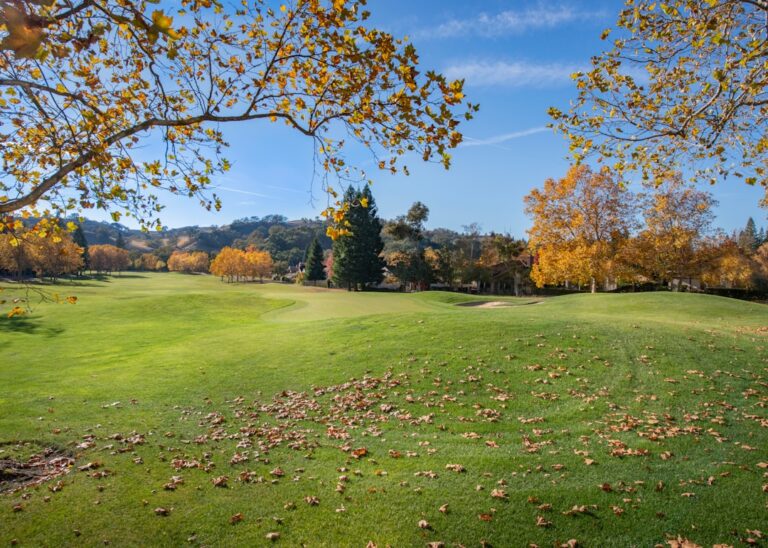The origins of medieval English lyrics can be traced back to the early medieval period, roughly spanning from the 5th to the late 15th century. This era was marked by significant sociopolitical changes, including the fall of the Roman Empire and the subsequent rise of various kingdoms in England. The linguistic landscape was also evolving, with Old English gradually giving way to Middle English, influenced by Norman French after the Conquest of 1066.
This linguistic transition played a crucial role in shaping the lyrical forms that emerged during this time. The earliest examples of English lyrics were often rooted in oral traditions, where bards and minstrels would recite poetry accompanied by music, creating a rich tapestry of sound and storytelling. As literacy began to spread, particularly among the clergy and the aristocracy, written forms of these lyrics started to appear.
The lyrics often reflected the everyday experiences of people, drawing from folklore, nature, and the human condition. The development of lyric poetry was also influenced by continental European traditions, particularly those from France and Italy, where courtly love and chivalric ideals were celebrated in verse.
This cross-pollination of ideas and styles contributed to a distinctive English lyric tradition that would flourish throughout the medieval period.
Key Takeaways
- Medieval English lyrics originated from the oral tradition of Anglo-Saxon poetry and were later influenced by the Norman conquest.
- Themes and subjects in medieval English lyrics often revolved around love, nature, morality, and religious devotion.
- The influence of religion and courtly love can be seen in the themes and language of medieval English lyrics, reflecting the values of the time.
- Medieval English lyrics were characterized by their use of alliteration, rhyme, and a strong connection to music, often being performed with musical accompaniment.
- Notable examples of medieval English lyrics include “Sumer is icumen in” and “Now goth sun under wood”. These lyrics have had a lasting impact on English literature and music.
Themes and Subjects in Medieval English Lyrics
Medieval English lyrics encompass a wide array of themes and subjects, reflecting the complexities of life during this tumultuous period. One prominent theme is the exploration of love, which often manifests in various forms, from romantic and courtly love to unrequited affection. The concept of courtly love, characterized by its idealization of the beloved and the often unattainable nature of love itself, became a central motif in many lyrical works.
Poets like Sir Thomas Wyatt and Henry Howard, Earl of Surrey, drew upon these themes to express their own experiences and emotions, often employing elaborate metaphors and intricate imagery to convey their sentiments. Another significant subject found in medieval lyrics is the relationship between humanity and the divine. Many poets grappled with questions of faith, morality, and redemption, reflecting the pervasive influence of Christianity on daily life.
Religious themes often intertwined with personal experiences, as seen in works like “The Pearl,” an alliterative poem that explores grief and loss through a spiritual lens. The use of allegory and symbolism in these lyrics allowed poets to delve into profound philosophical questions while maintaining a connection to their audience’s lived experiences. Nature also served as a recurring motif, with poets frequently drawing inspiration from the natural world to express emotions or convey moral lessons.
The Influence of Religion and Courtly Love in Medieval English Lyrics

Religion played a pivotal role in shaping medieval English lyrics, as it permeated every aspect of life during this period. The Church was not only a spiritual authority but also a cultural one, influencing art, literature, and social norms. Many poets utilized religious themes to explore their own spiritual journeys or to comment on societal issues.
For instance, the “Mystery Plays” and “Miracle Plays” often incorporated lyrical elements that conveyed biblical stories in an accessible manner. These performances allowed audiences to engage with religious narratives while also reflecting on their own lives. Courtly love emerged as another significant influence on medieval lyrics, providing a framework for expressing romantic ideals.
This concept was characterized by an emphasis on chivalry, honor, and devotion to an idealized beloved. Poets like Geoffrey Chaucer incorporated elements of courtly love into their works, blending them with social commentary and humor. In “The Canterbury Tales,” for example, Chaucer’s characters navigate the complexities of love and desire within the constraints of societal expectations.
The interplay between religious devotion and romantic longing created a rich tapestry of emotional expression in medieval lyrics, allowing poets to explore the dualities of human experience.
Literary and Musical Characteristics of Medieval English Lyrics
The literary characteristics of medieval English lyrics are marked by their use of various poetic forms and structures. Many lyrics employed rhyme schemes and meter that contributed to their musicality, making them suitable for performance. The use of alliteration was also prevalent, particularly in Old English poetry, where it served as a mnemonic device for oral recitation.
As the language evolved into Middle English, poets began experimenting with new forms such as the sonnet and ballad, which allowed for greater flexibility in expression. Musically, medieval lyrics were often composed to be sung or chanted, with melodies that complemented the rhythm and meter of the text. The integration of music into poetry created a multisensory experience for audiences, enhancing the emotional impact of the lyrics.
Instruments such as lutes, harps, and flutes were commonly used to accompany performances, further enriching the auditory experience. The interplay between text and music was crucial in conveying the intended meaning and evoking emotional responses from listeners.
Notable Examples of Medieval English Lyrics
Several notable examples of medieval English lyrics stand out for their artistic merit and cultural significance. One such work is “The Pearl,” an alliterative poem that explores themes of loss and redemption through a dream vision narrative. The poem’s intricate structure and rich imagery exemplify the depth of emotion that can be conveyed through lyrical verse.
Another important example is “The Cuckoo Song,” a traditional lyric that celebrates the arrival of spring and the joys of nature. Its simple yet evocative language captures the essence of renewal and rebirth. The works of Geoffrey Chaucer also deserve mention for their profound impact on medieval literature.
In “The Book of the Duchess,” Chaucer employs lyrical elements to explore themes of love and mourning through a dream vision format. His ability to blend personal emotion with broader societal commentary has made his work enduringly relevant. Additionally, the “Gawain Poet,” known for “Sir Gawain and the Green Knight,” showcases a unique blend of chivalric ideals and lyrical beauty that continues to resonate with readers today.
The Legacy of Medieval English Lyrics in Modern Culture

Influence on Literature
Medieval themes and forms remain a rich source of inspiration for contemporary poets, who reinterpret them through a modern lens. The exploration of universal human experiences such as love, loss, and spirituality continues to resonate with audiences across generations, making medieval English lyrics a timeless and enduring part of our cultural heritage.
Folk musicians, in particular, frequently draw upon historical themes and storytelling techniques reminiscent of medieval ballads, breathing new life into ancient forms.
Enduring Appeal in Theater and Film
Beyond literature and music, medieval English lyrics have also left their mark on the world of theater and film. Contemporary adaptations of medieval texts, such as Chaucer’s “The Canterbury Tales,” continue to captivate modern audiences, ensuring that these ancient voices remain an integral part of our cultural landscape.
If you are interested in exploring the relationship between language and truth, you may want to check out the article A.J. Ayer: Language, Truth, and Logic. This article delves into the philosophical implications of language and how it relates to our understanding of truth. It offers a thought-provoking perspective that may complement your study of Medieval English Lyrics: Voices of the Past.























+ There are no comments
Add yours